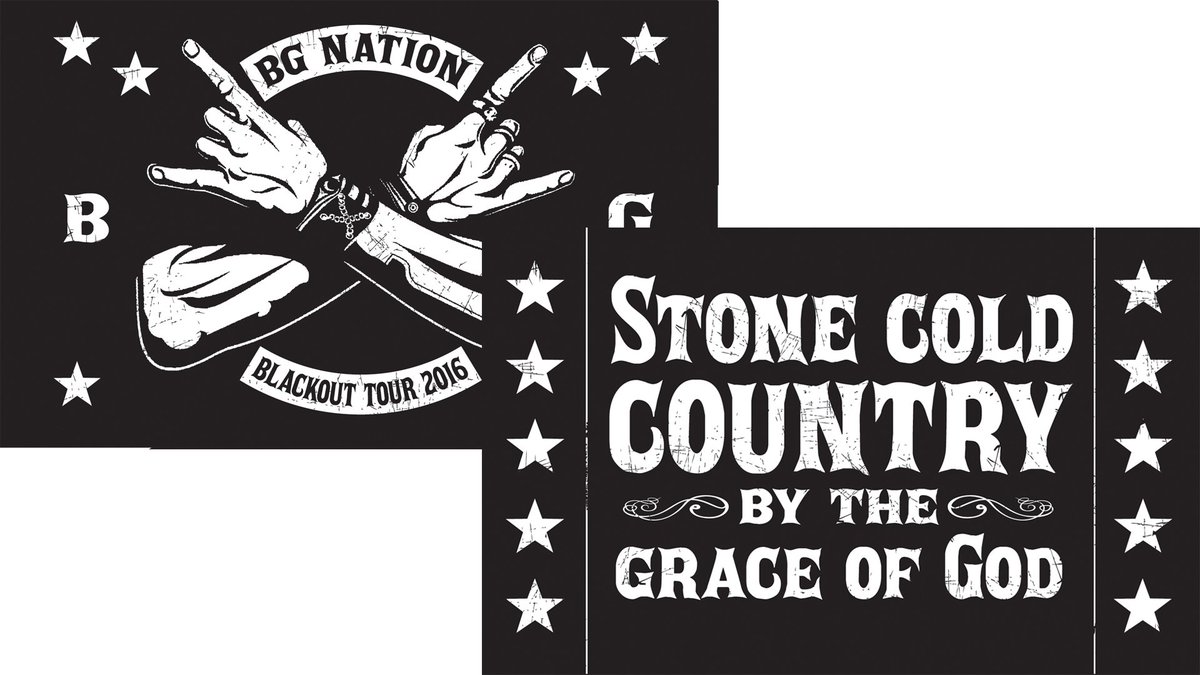

By mile 11 I had totally given up on any chance of a decent time for me and just wanted to finish. I was walking short stretches whenever there was no shade by this point and took anything the thoughtful spectators were offering. So many people had set up sprinklers to shower the course, or were standing on their curbs hosing us down offering ice and oranges and ice pops. At mile 8 I saw the first of many ambulances coming to someone’s aid.Īt mile 9, we were back in the city and this is where the spectators made the race somewhat bearable again. I overheard one relay runner on his phone as he walked, telling his second leg runner he wasn’t going to make it to the hand off. There are two bridges over this stretch of road and in the tiny piece of shade under each, small groups of runners were standing, obviously trying to get some shade before attempting the next stretch. Shortly after that aid station debacle, I realized half the runners were walking. I am so thankful I had my handheld water bottle, because I’m not sure I would have made it without it. Another mental and physical blow was dealt when the aid station between mile 6 and 7 had run out of water. Watching runners come back up the other side of the road towards us, still in direct sunlight, knowing that’s what I had to look forward to, was a mental killer. And it literally felt like hell.īy this stage, we were running on the Burlington Beltline, which is an out and back section of the course on a wide stretch of road with no shade and no respite. Now I look back at my splits and those first 5 miles were almost dead-on for a 4:30 finish. I ran by feel, wearing my watch but deliberately not looking at it and looking away from the clocks at the mile markers. The first five miles I thought I paced very well. At 8am it was already beating down and when finally we made a turn south, there were audible groans of relief from runners. The first mile was tough right off the bat, since we were running toward the sun. I already knew it was hot out and I didn’t want to psych myself out by knowing the temperature. I deliberately didn’t even check the forecast the morning of the race. I took my handheld water bottle I’d trained with, to use in addition to the rest stops and I decided to throw caution to the wind on the whole not-doing-anything-new rule of racing and planned to take a sip of sports drink at every stop as well as water.

I was actually more concerned about drinking too much water – hyponatremia – than becoming dehydrated.

The morning of the race, I ate some salt as well as my usual pre-race breakfast, knowing I would be sweating like crazy. Sadly, we missed each other at the start, but honestly, running alone or running with someone, there was very little that could have been made good about this race. Cindy and I got in touch and it seemed like we might be paced perfectly to run together. A couple of days before the race, Angela reached out to me to see if I would meet up with her coaching client, Cindy, who was running it as well and was also concerned about the heat. Originally I’d hoped I would run somewhere around 4:30 (which would have been my A goal) and 4:45. There was a lot of mention of hydration and conservative running, but no change from the 8am start time. On Friday I headed to the expo and it was stiflingly hot and humid that afternoon. It was looking that way for at least a week in advance and RunVermont, the organization that puts on the Vermont City Marathon, had sent out a heat advisory with advice on running in the heat. No finish line, no post-race celebrations, no shiny medal. I have been conspicuously absent from Instagram or my Facebook page since Marathon Sunday, because I had nothing to share. Turns out that 22 mile long run I ran in the pouring rain on Mother’s Day morning was the closest I would get to running a marathon.


 0 kommentar(er)
0 kommentar(er)
